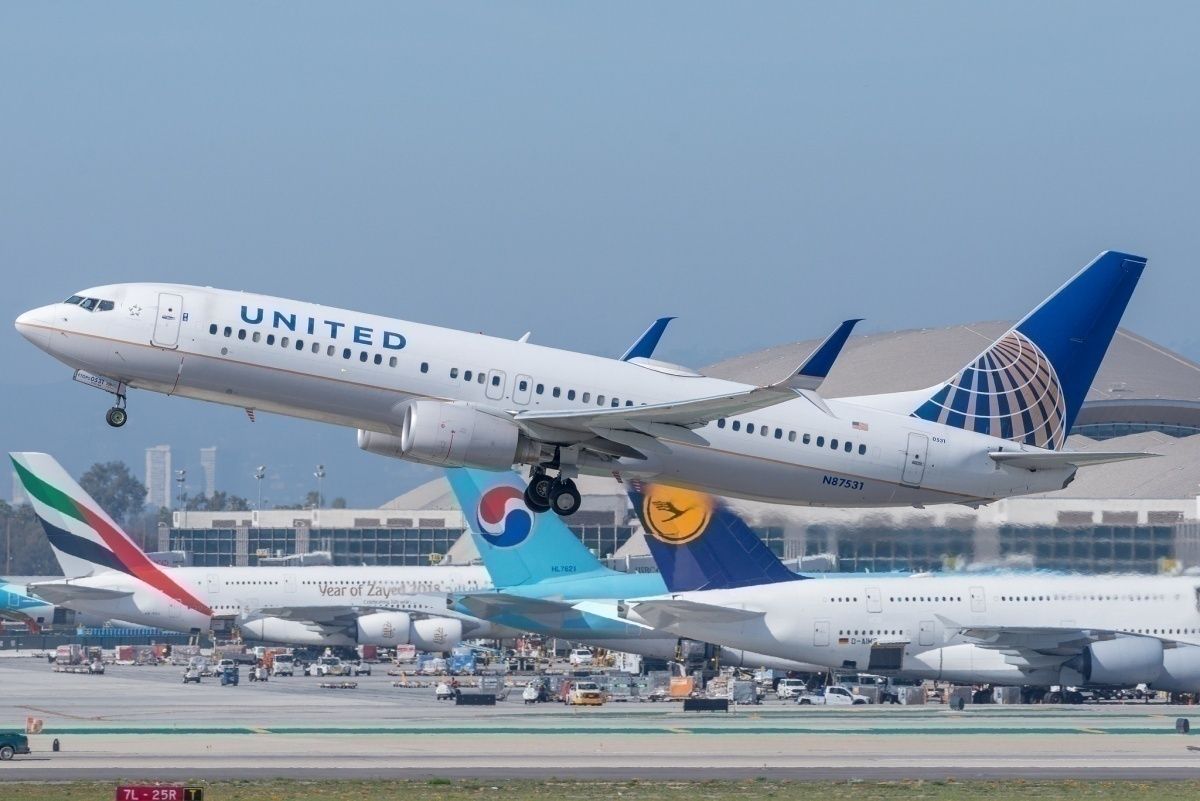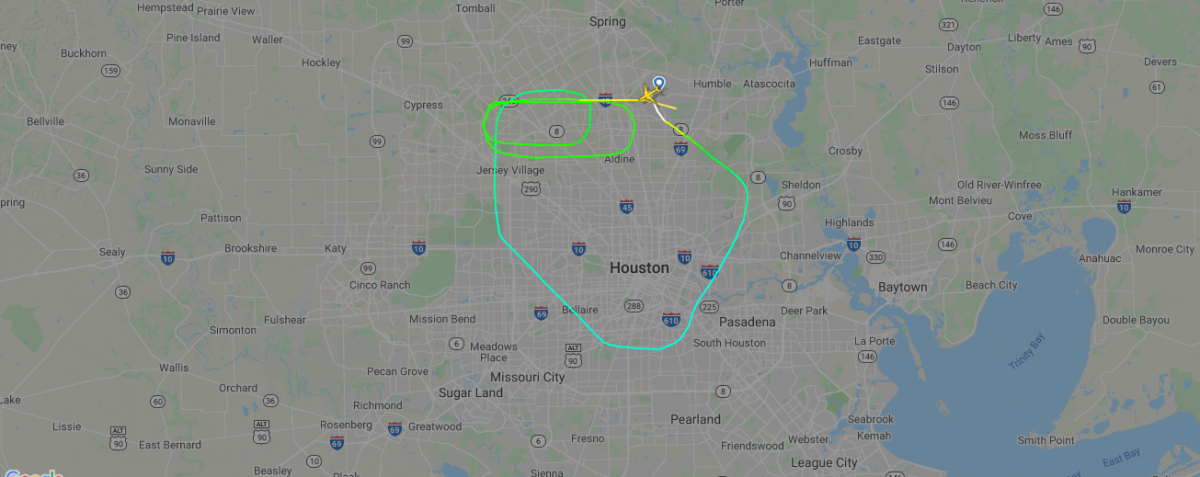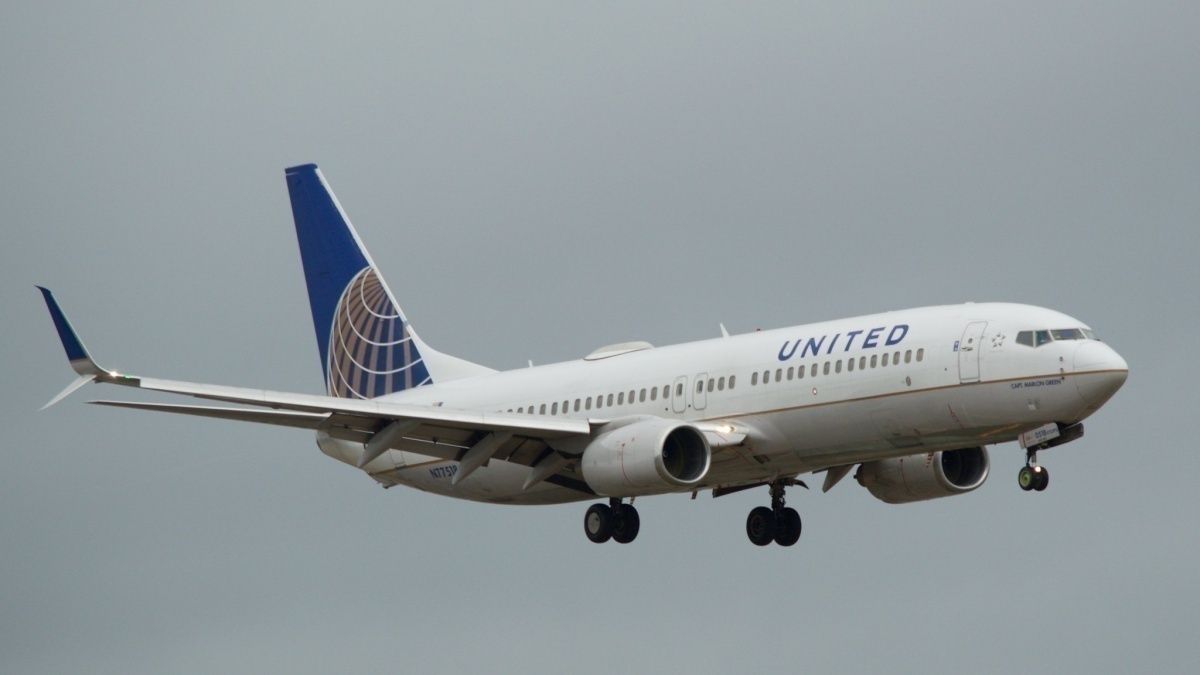Last Thursday, May 7, a United Airlines Boeing 737-800 on route to Mexico City from Houston had to return to the Texas city shortly after takeoff due to an engine failure. United Airlines flight number UA-1060 was performing a regularly scheduled flight from George Bush Intercontinental Airport (IAH) to Mexico City International Airport (MEX) when the incident occurred.
According to the Aviation Herald, the aircraft registration number N87513 with 120 passengers aboard had just taken off from Houston Intercontinental Airports' runway 15L. At around 10,000 feet, the right-hand CFM56 engine failed.
As the pilots positioned for a return to Houston, they tried to restart the engine, but it's not clear whether or not this was successful. The aircraft safely landed on runway 09 some 30 minutes after departure.
United immediately brought in a replacement aircraft
A replacement United Airlines Boeing 737-800 registration N87512 was brought in and reached the Mexican capital after a delay of four hours. The aircraft that incurred the engine failure got inspected by mechanics and returned to service some eight and a half hours later.
Nowadays, three-engine aircraft are no longer flying, and four-engine airliners like the Boeing 747 and the Airbus A340 and A380 are being replaced by more fuel-efficient planes like the Boeing 787 and the Airbus A350. These aircraft only have two engines, yet due to advances in engine design are deemed safe for transoceanic flights.
What happens when an engine fails?
So with only two engines like the Boeing 737-800 in the Houston incident, how worried should passengers be if an engine failed mid-flight?
While speaking to the Daily Express, two commercial airline pilots who wanted to remain anonymous said:
"If one engine fails mid-flight, it doesn't pose too much of an issue. It's almost a non-event as aircraft are designed to fly for long periods of time on one engine."
The other pilot explained the steps they are trained to take following an engine failure, saying,
"We have some procedures we have to do from memory straight away. This sets an appropriate speed and gets the max performance out of the remaining engine. We then have an electronic checklist we have to work through.
"At the start, we descend to a lower altitude, and then we decide where we are going to land."
Planes can fly on one engine
While not going into great detail, the pilots explained that providing the aircraft has enough fuel; there is not a time limit on how long you can stay in the air while flying on just one engine. Altitude is more of a problem, but that only comes into play when flying over high mountains or in the event of the cabin losing pressurization.
Despite an aircraft's ability to keep flying on one engine, a pilot will automatically look for the nearest airport where the plane can land. "You wouldn't just carry on the flight," said one of the pilots.
The good news here for the flying public is that pilots see the loss of one engine as no big deal.
"You are trained to deal with it," the pilot explained. "It's not in itself a big issue."
Simple Flying has reached out to United Airlines for comment.
Have you ever been on a flight that suffered an engine failure? If so, we would love to hear about what happened in the comments section.




